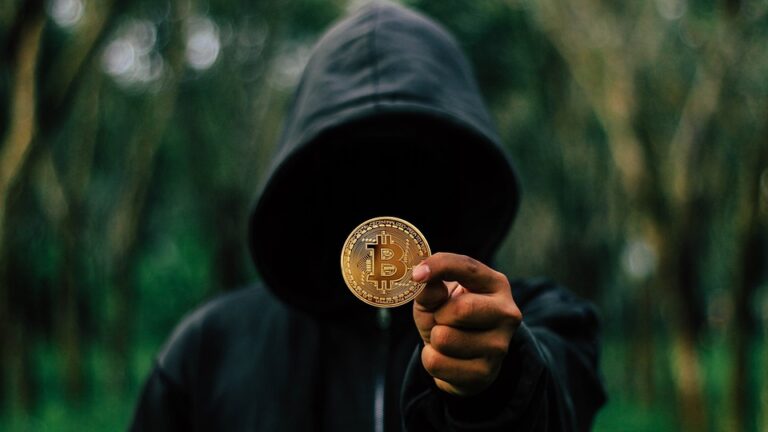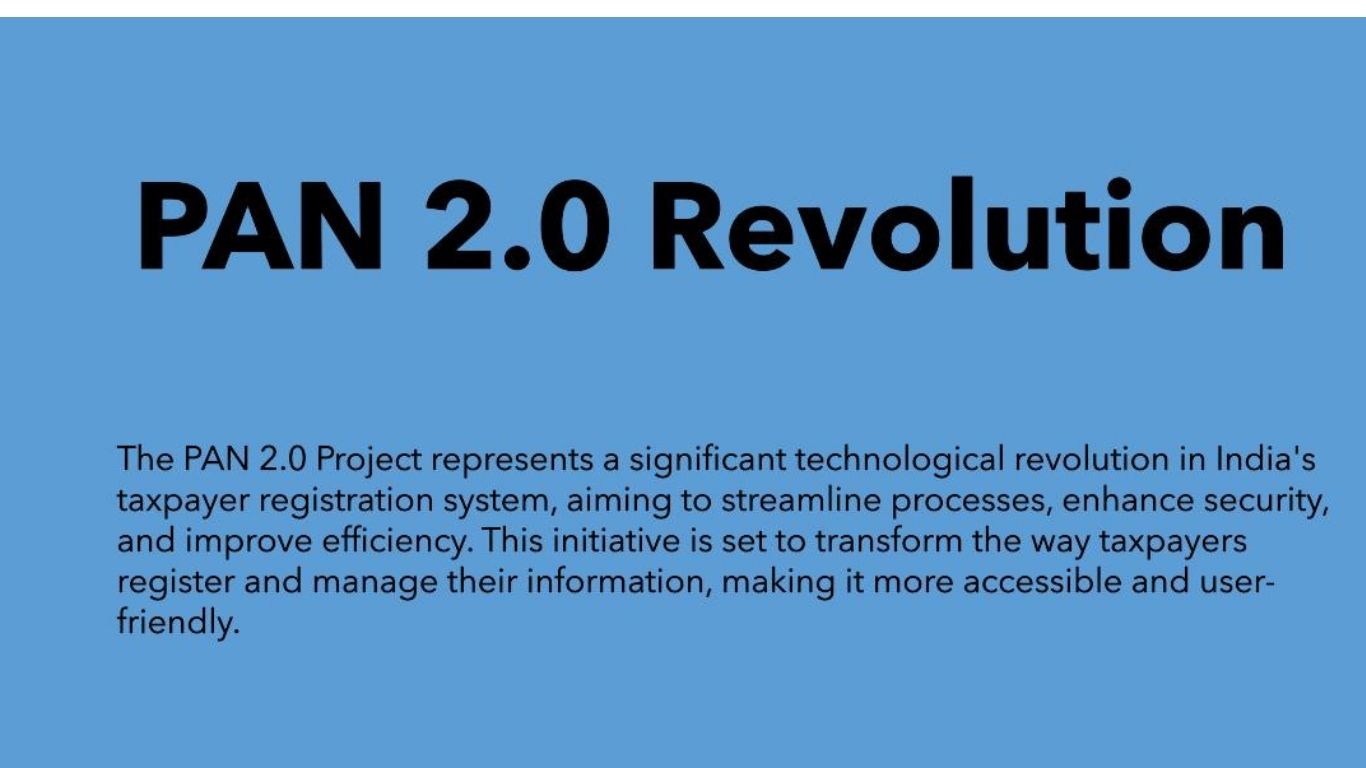As 2023 unfolds, the cryptocurrency market continues to expand and evolve beyond its pioneering asset—Bitcoin. While Bitcoin maintains its status as the first and foremost cryptocurrency, a plethora of alternative coins (altcoins) have emerged to offer innovative solutions, diversified investment opportunities, and unique use cases. This article explores some of the top altcoins of 2023, highlighting their features, applications, and the trends driving their growth.
The Rise of Altcoins
Bitcoin’s dominance in the crypto sphere is undeniable, but the increasing number of altcoins serves to indicate the market’s maturation. The emergence of these digital assets has propelled innovations in finance, technology, and privacy, and they often target specific needs and audiences. Let’s take a closer look at some noteworthy altcoins making headlines this year.
1. Ethereum (ETH)
Ethereum remains the second-largest cryptocurrency by market capitalization and is at the forefront of decentralized finance (DeFi). Leveraging smart contracts, the Ethereum network supports a multitude of applications ranging from decentralized exchanges (DEXs) to non-fungible tokens (NFTs). The transition to Ethereum 2.0—transitioning from proof-of-work to proof-of-stake—has enhanced its scalability and energy efficiency, positioning ETH as a foundational asset in the crypto ecosystem.
2. Binance Coin (BNB)
Developed by Binance, the world’s largest cryptocurrency exchange, Binance Coin has evolved beyond merely serving as a trading fee discount. BNB is integral to Binance Smart Chain (BSC), a platform that allows developers to create decentralized applications (dApps) and conduct smooth transactions. The increasing popularity of BSC has significantly boosted the utility and demand for BNB, making it one of the most sought-after altcoins in 2023.
3. Cardano (ADA)
Cardano is often lauded for its scientific approach to blockchain development, emphasizing security and scalability through research-backed protocols. Its unique proof-of-stake consensus mechanism, along with its focus on sustainability and interoperability, has attracted attention from developers and investors alike. As 2023 progresses, Cardano is focused on implementing smart contracts and dApps, further establishing its place in the DeFi landscape.
4. Solana (SOL)
Solana has gained considerable traction for its high throughput and low transaction costs, making it a favorite for developers and users alike. Its unique architecture allows it to process thousands of transactions per second, making it ideal for applications requiring fast and scalable solutions. The Solana ecosystem has seen a surge in NFT projects and DeFi protocols, confirming its reputation as a viable alternative to Ethereum.
5. Polkadot (DOT)
Polkadot aims to facilitate a decentralized web by enabling different blockchains to transfer messages and value in a trust-free manner. By that, it allows for the interoperability of various blockchain networks, enhancing their overall efficiency. As more projects launch on its parachain structure in 2023, DOT’s significance in the crypto ecosystem is expected to grow.
6. Avalanche (AVAX)
Avalanche is a layer-1 blockchain that focuses on high throughput and low latency, claiming to be one of the fastest smart-contract platforms. Its unique consensus algorithm, called Avalanche consensus, allows it to process thousands of transactions per second with a quick finality time. This, along with its DeFi and NFT applications, has established Avalanche as a player to watch in 2023.
7. Chainlink (LINK)
Chainlink is the leading decentralized oracle network, providing reliable tamper-proof data for smart contracts on any blockchain. As the demand for real-time data in DeFi applications continues to grow, Chainlink’s unique capabilities highlight its pivotal role in connecting the blockchain ecosystem with real-world data. With numerous partnerships and integrations, LINK’s utility is expected to increase throughout the year.
8. Polygon (MATIC)
Polygon offers a framework for building and connecting Ethereum-compatible blockchain networks, addressing some of Ethereum’s scalability challenges. Its Layer 2 solution allows for faster and cheaper transactions while maintaining the security and interoperability of the Ethereum network. Given increased interest in scaling solutions, MATIC is well-positioned for growth in 2023.
9. Litecoin (LTC)
As one of the earliest altcoins, Litecoin has established itself as a staple in the crypto market. Often referred to as the "silver to Bitcoin’s gold," Litecoin has been favored for its faster transaction times and lower fees. In 2023, it continues to maintain relevance through ongoing developments, including potential privacy features and the utilization of the Lightning Network.
10. Ripple (XRP)
Despite its tumultuous legal battles with the SEC, Ripple has remained a significant player in the cryptocurrency landscape. Its focus on facilitating cross-border payments and remittances has attracted partnerships with financial institutions around the globe. If Ripple can successfully navigate its legal challenges, XRP could see a resurgence in adoption and use.
Conclusion
The landscape of cryptocurrencies in 2023 is rich with innovation and opportunity beyond Bitcoin. Altcoins are carving out their niches, offering an array of functionalities that cater to diverse user needs. While investment in these assets carries risks, a careful exploration of each coin’s technology, purpose, and market potential can lead to informed investment choices.
As the market continues to evolve, keeping an eye on the trends and developments within the altcoin space can provide valuable insights for traders and investors alike. The world of cryptocurrency is dynamic and full of possibilities—beyond Bitcoin, the future looks promising for these emerging digital assets.















